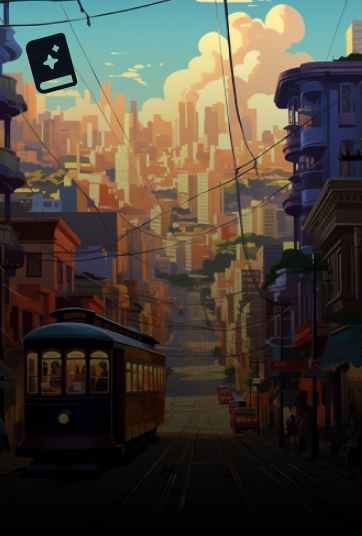
The Light of the World

The Light of the World
The Light of the World
Ratings1
Average rating4

The Light of the World

The Light of the World
Ratings1
Average rating4
Reviews with the most likes.
With the first half of the blurb and the cover I was expecting a book that was primarily historical fiction, Eva sitting in a closet and reacting to her discoveries of a side of a loved one that she hadn't seen before. This is not that book, well, maybe slightly. Instead of a tale of forbidden love in the 1920s, we're given a story that hugely incorporates fantasy elements to weave a tale of duty, destiny, love, and family, and the book is probably better for deviating from a standard concept.
The Light Of The World centers of Eva Kessler who, following the death of her grandmother, discovers diaries from 1925-1926 in a box in the closet of her grandmother's apartment, which they are clearing in order for it to be sold. Eva becomes enamoured with the tales of Mary's past life and soon wants to investigate the people mentioned in it, plus the concept of ‘the light of the world'. This leads her to Theo, Al, and Liv, who help her investigate the events of 1925 and how they may possibly be linked to the current day. This leads them on a journey that none of them could have expected.
I wasn't expecting two queer storylines in this book, nor was I expecting talk about depression and mental health, and I was pleasantly surprised on both counts. There are obvious parallels between Mary and Eva, which we see almost immediately, and as we learn going through the book, there are parallels between Wren and Liv too. I did like these, and the ideas they brought up about true love and destiny, however I felt some of the concepts didn't fit.
The concept of ‘the light of the world' was also a little confusing, and whilst it was nice to see a different approach to a queer love story, it sometimes felt like the fantastical elements were a little confusing. I walked away feeling as though the concept wasn't actually explained in the book, and it was just a thing that was there. The idea of the cycle being broken and Liv and Eva being free to love each other didn't feel completely explained either. It seemed to go a little against the idea of Liv and Eva being drawn to each other. I would have been able to believe that upon their deaths, a part of the souls of The Guardian and Their One would have been transferred to Liv and Eva, and a sort of reincarnation process happening. This could have explained the immediacy of Liv and Eva's feelings, and why they were attracted to each other, however it felt that the breaking of the cycle meant this wasn't the case, even though this was the impression I got halfway through the book.
I also think there wasn't enough explanation or fight from the antagonists, the shadows, and why light and darkness was such a big deal. I also think the magic of the light was unexplained too, it was simply there and something we had to accept as we were reading it.
Admittedly, I did prefer reading Mary's diary entries and seeing the relationship between Wren and herself develop, and I wish we could have seen more of this. I thought Mary was an incredibly interesting character and I loved the glimpses of her that we got to see, as tragic as they were.
I appreciated the crossover of fantasy and historical fiction however I think there could have been a different idea, or execution of the current idea, that would have made the story flow better.
Most of all, I love that these girls got a happy ending, and the epilogue/interview showed us that Liv managed to write her book, get it published, and that people loved it. I think if Ellen Simpson ever did want to write a sequel or spin-off to this, then Talbot's Girls – Tales of the 1920s would be a great and interesting fictional book to write.